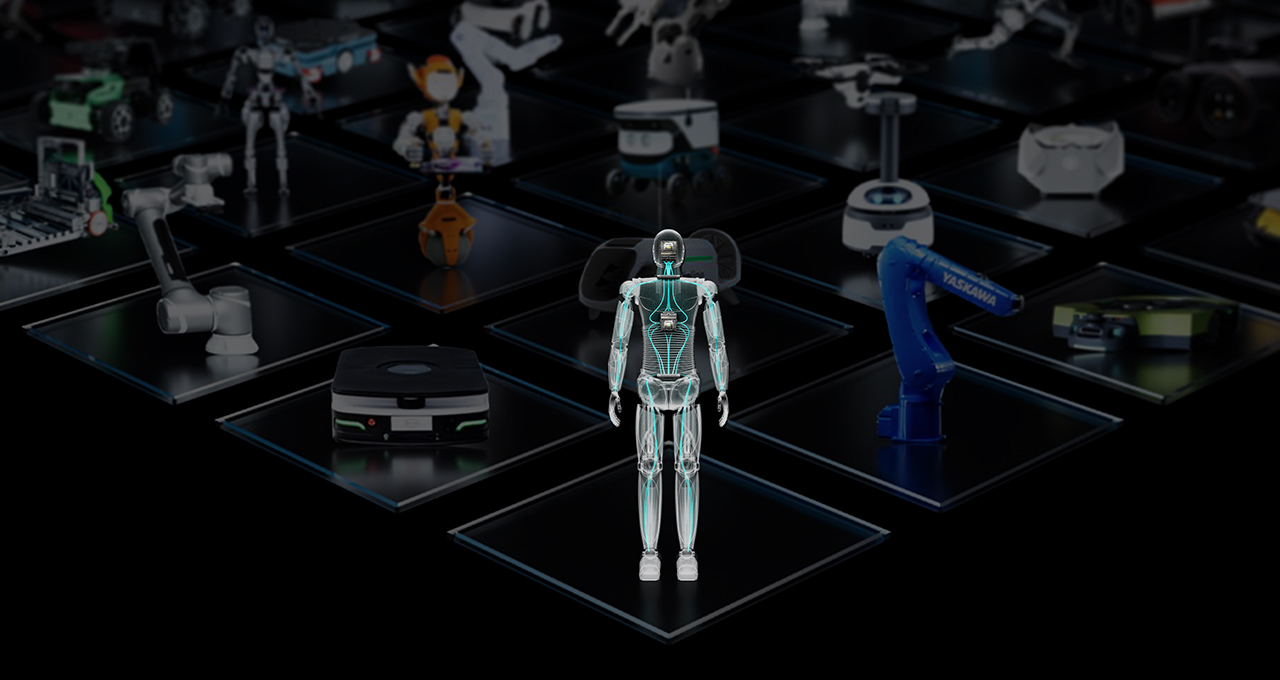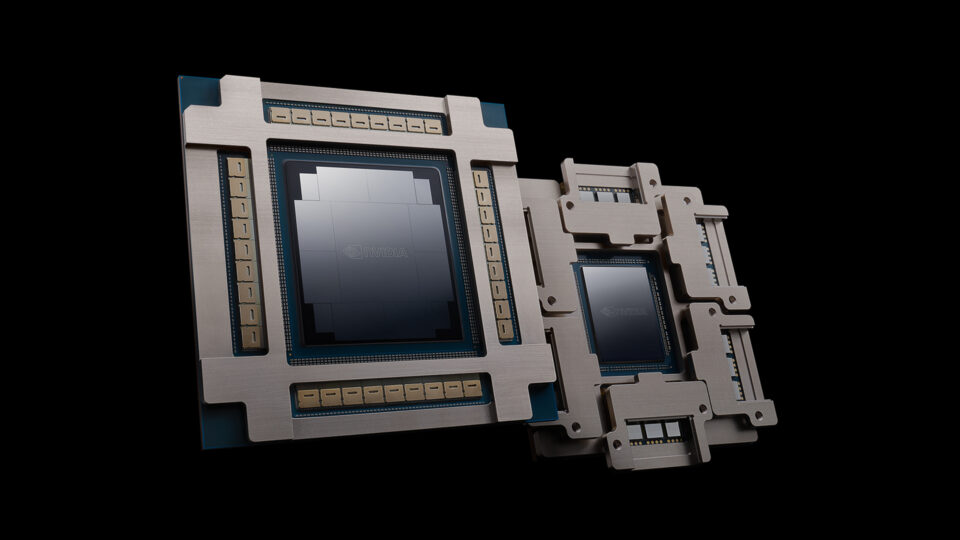
- English
- French
- German
- Portuguese
- Spanish
- Russian
- Japanese
- Korean
- Arabic
- Irish
- Greek
- Turkish
- Italian
- Danish
- Romanian
- Indonesian
- Czech
- Afrikaans
- Swedish
- Polish
- Basque
- Catalan
- Esperanto
- Hindi
- Lao
- Albanian
- Amharic
- Armenian
- Azerbaijani
- Belarusian
- Bengali
- Bosnian
- Bulgarian
- Cebuano
- Chichewa
- Corsican
- Croatian
- Dutch
- Estonian
- Filipino
- Finnish
- Frisian
- Galician
- Georgian
- Gujarati
- Haitian
- Hausa
- Hawaiian
- Hebrew
- Hmong
- Hungarian
- Icelandic
- Igbo
- Javanese
- Kannada
- Kazakh
- Khmer
- Kurdish
- Kyrgyz
- Latin
- Latvian
- Lithuanian
- Luxembou..
- Macedonian
- Malagasy
- Malay
- Malayalam
- Maltese
- Maori
- Marathi
- Mongolian
- Burmese
- Nepali
- Norwegian
- Pashto
- Persian
- Punjabi
- Serbian
- Sesotho
- Sinhala
- Slovak
- Slovenian
- Somali
- Samoan
- Scots Gaelic
- Shona
- Sindhi
- Sundanese
- Swahili
- Tajik
- Tamil
- Telugu
- Thai
- Ukrainian
- Urdu
- Uzbek
- Vietnamese
- Welsh
- Xhosa
- Yiddish
- Yoruba
- Zulu
- Kinyarwanda
- Tatar
- Oriya
- Turkmen
- Uyghur
NVIDIA's GR00T N1: Advancing Humanoid Robotics and the Future of Semiconductors
In today's era of rapid technological advancement, the semiconductor and electronics industries, as the cornerstone of technological innovation, play an essential role. Chips, the core of semiconductor technology, are not only the brains of electronic devices but also the key driving force behind the development of cutting-edge fields such as artificial intelligence (AI), robotics, autonomous driving, and cloud computing. With the acceleration of global digital transformation, the demand for high-performance chips is growing explosively. According to data from market research firm Gartner, the global semiconductor market size exceeded $600 billion in 2023 and is expected to surpass $1 trillion by 2030. Against this backdrop, NVIDIA, a global leader in graphics processing units (GPUs) and AI computing platforms, has always been at the forefront of technological innovation. Recently, NVIDIA unveiled a series of important solutions at the GTC (GPU Technology Conference), especially the GR00T N1 foundation model, which not only enhances the development efficiency of humanoid robots but also brings new opportunities and challenges to the semiconductor and electronics industries.

Breakthrough Progress of NVIDIA GR00T N1 Foundation Model and Related Solutions
NVIDIA's Isaac GR00T N1 is the first open-source foundation model for humanoid robots. The release of this model is undoubtedly a significant breakthrough in the field of humanoid robot development. The GR00T N1 foundation model provides developers with a powerful starting point, enabling them to quickly build and optimize various functions of humanoid robots based on it. The open-source nature means that more developers can participate in the development of humanoid robots and jointly promote technological progress.
In addition to the GR00T N1 foundation model, NVIDIA also launched the next-generation open-source physics engine, Newton. The physics engine plays a vital role in the development of humanoid robots, as it can simulate the physical interactions between robots and their environment, such as collisions, friction, and gravity. Newton engine, with its more precise physical calculations, can more realistically simulate various phenomena in the physical world, helping developers better design and test robot behaviors. This is crucial for the stability and adaptability of humanoid robots in complex environments.
Furtermore, NVIDIA introduced Omniverse Blueprint and open-source datasets. Omniverse Blueprint is a new tool for synthetic data generation, capable of creating high-quality virtual scenarios and task data according to user needs. The open-source datasets provide developers with a wealth of training materials. Synthetic data plays an important role in robot training and learning, as it can provide robots with a large number of virtual scenarios and tasks, thereby accelerating the learning process and enhancing their adaptability and generalization capabilities.
The release of these solutions aims to help humanoid robot solution companies overcome challenges such as high development barriers, low physical simulation accuracy, difficult application expansion, and the lack of industry standards. By providing open-source foundation models, physics engines, and datasets, NVIDIA offers developers a complete development platform, reducing development difficulties and increasing efficiency.
Significance and Importance to the Semiconductor and Electronics Industries
For the semiconductor and electronics industries, NVIDIA's series of innovative solutions hold profound significance and importance. Whether it is the efficient operation of AI algorithms or the precise control of robotic technology, high-performance chips are indispensable. High-performance chips can provide robots with powerful computing capabilities, enabling them to quickly process complex tasks and data. NVIDIA's application of GPUs in AI and robotic technology is a concrete manifestation of semiconductor technology in these fields.
NVIDIA's GR00T N1 foundation model and other solutions provide more efficient and precise tools and methods for humanoid robot development, directly driving the demand for high-performance chips and semiconductor technology. With the significant improvement in the development efficiency of humanoid robots, the requirements for chip performance, power consumption, integration, and other aspects will continue to increase. For instance, humanoid robots need to process a large amount of sensor data, execute complex motion control algorithms, and interact with the environment in real-time. This necessitates chips with higher computational performance and lower power consumption.
Moreover, throughout the development of humanoid robots, chips and semiconductor technology have always played a key role. From early simple robots to today's highly complex humanoid robots, the performance and functionality of chips have continuously improved, providing strong support for the intelligent development of robots. The emergence of NVIDIA's GR00T N1 foundation model and other solutions marks a new stage in the development of humanoid robots. These solutions not only provide more powerful tools for humanoid robot development but also point the way for the development of chip and semiconductor technology.

Future Outlook
In the future development of technology, humanoid robots are expected to play an important role in more fields, and chips and semiconductor technology will continue to serve as the core driving force, propelling humanoid robot technology to new heights. As humanoid robot technology continues to evolve, the requirements for chip performance, power consumption, integration, and other aspects will also continue to rise. The semiconductor industry will face new opportunities and challenges, necessitating continuous innovation and development to meet the growing technological demands of humanoid robots.
The release of NVIDIA's GR00T N1 foundation model and other solutions not only provides innovative ideas and methods for solving many challenges in humanoid robot development but also brings new opportunities for the development of the semiconductor industry. The introduction of these solutions will promote the deep integration of humanoid robot technology and semiconductor technology, driving the development of the entire technology ecosystem.
Conevo: Your Reliable Global Semiconductor Partner
As a leading global semiconductor provider, Conevo specializes in delivering top-tier, cost-effective IC chip solutions
customized to meet your unique requirements. Choose Conevo to optimize your supply chain and elevate your business today.
● The ST TSM1052 is a highly integrated dual operational amplifier and voltage reference IC, designed for precision analog applications such as power management, sensor signal conditioning, and automotive systems.
● The TI's LMH6720MA/NOPB is a high-speed, low-power operational amplifier designed for applications requiring wide bandwidth and fast signal processing, such as video amplification, communication systems, and test equipment.
● The Analog Devices AD711KRis a precision, low-noise operational amplifier designed for high-accuracy signal conditioning and filtering applications in instrumentation, medical devices, and audio systems.
Website: www.conevoelec.com
Email: info@conevoelec.com







